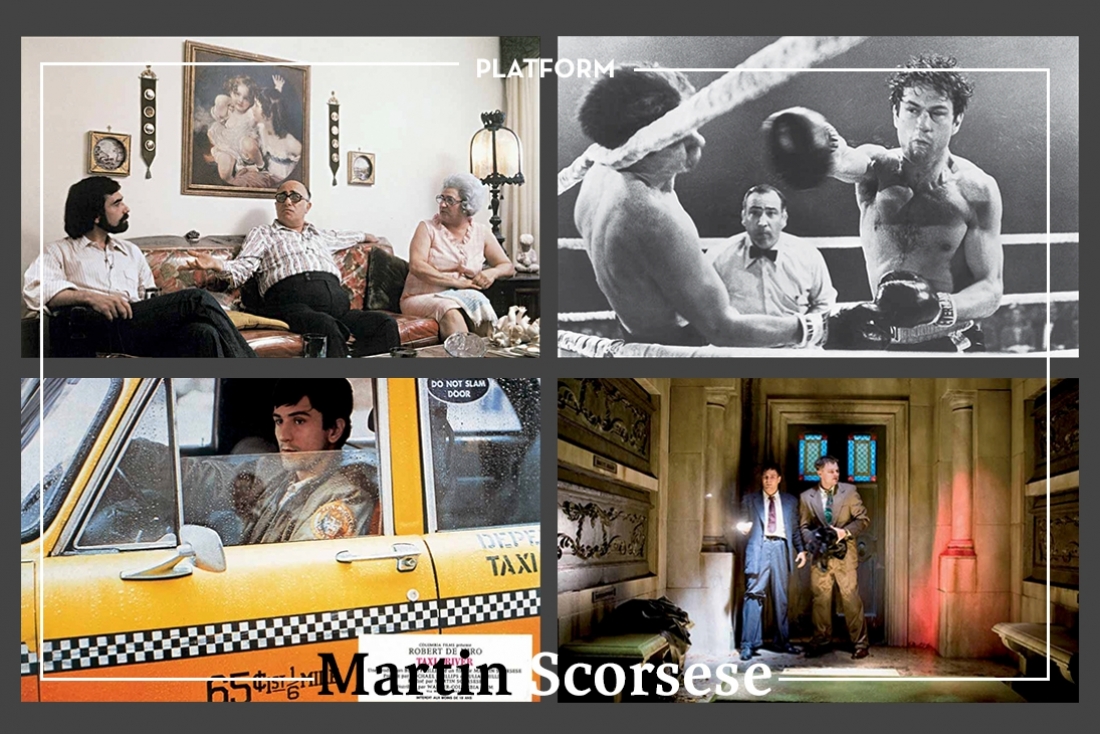

Martin Scorsese’s filmography is nothing more than amazing when you look at the work and effort put into each piece of art he makes. Every title stands alone even in a library full of films. He has touched many themes over the years, providing some form of feeling to anyone who watches a Scorsese film. As he enters his seventh decade, he has no plans to slow down. Even after all these years and all these takes, the movies are still just too much fun.
'You cut from one image to another, and suddenly there’s an emotional impact!' said Scorsese, while making Shutter Island, his 28th picture. 'I’m always amazed by it. And it’s fresh and new every time.'
He began his filmmaking career at New York University, where he received his M.A. in Film in 1966. His first feature, Who’s That Knocking at My Door? (1969), was a student film that eventually received a limited release and some favourable critical notices, most notably by a young film critic named Roger Ebert. In the next few years, Scorsese would work mostly as a supervising editor on musical films such as Woodstock (Michael Wadleigh, 1970), Medicine Ball Caravan (François Richenbach, 1971), and Elvis on Tour (Pierre Adidge & Robert Abel, 1972). After being fired only one week into the shooting of The Honeymoon Killers (Leonard Kastle, 1969), Scorsese finally received a directing job from Roger Corman’s American International Pictures. The film, Boxcar Bertha (1972), has little in common with Scorsese’s later films and is generally considered a minor work.
After a promising start, Scorsese made a name for himself in 1974 with Mean Streets, a disguised autobiography. Two years later he was awarded the Palme d’Or for Taxi Driver (1976) a sensational film that both marked his meeting with scriptwriter Paul Schrader and established his collaboration with Robert de Niro, an exterminating angel let loose on the streets of Manhattan.
With his infectious enthusiasm for cinema and religious devotion to the craft, Scorsese has become one of film’s best-loved directors, and a master of the art form. He is known to be a workaholic who has more than three dozen feature films under his belt. More than just the criminal underworld, New York City or any of the other themes that frequently appear in his work, he is a master of filming the conflicts in the human soul. In recent times, Scorsese has been able to establish a place of prestige for himself within film culture.
A maestro we all Salute...
Text Nitya Mehra
[Masters of Cinema Martin Scorsese by Cahiers du Cinéma, first published Autumn 2010]
“I am the films that I make...If it’s not personal, I can’t get out of bed in the morning.”
Picture Credits for the Collage, Clockwise: Robert De Niro in Raging Bull (1980) Source Cahiers du Cinema. MGM; Mark Ruffalo and Leornado DiCaprio in Shutter Island (2010) Source Cahiers du Cinema. Paramount Classics; Robert De Niro in Taxi Driver (1976) Source Cahiers du Cinema. Columbia Sony Pictures; Martin, Charles and Catherine Scorsese in Italianamerica (1974) Source Martin Scorsese Collection. Columbia Sony Pictures.